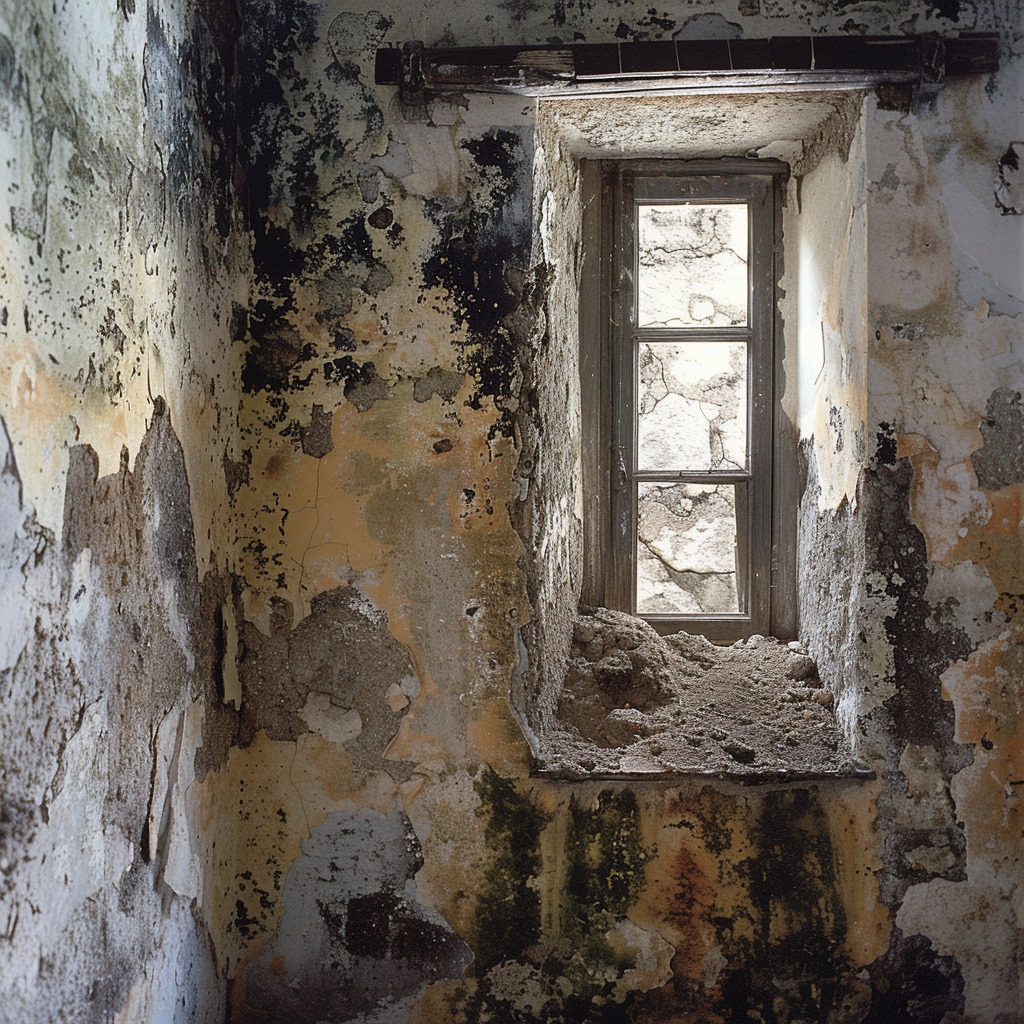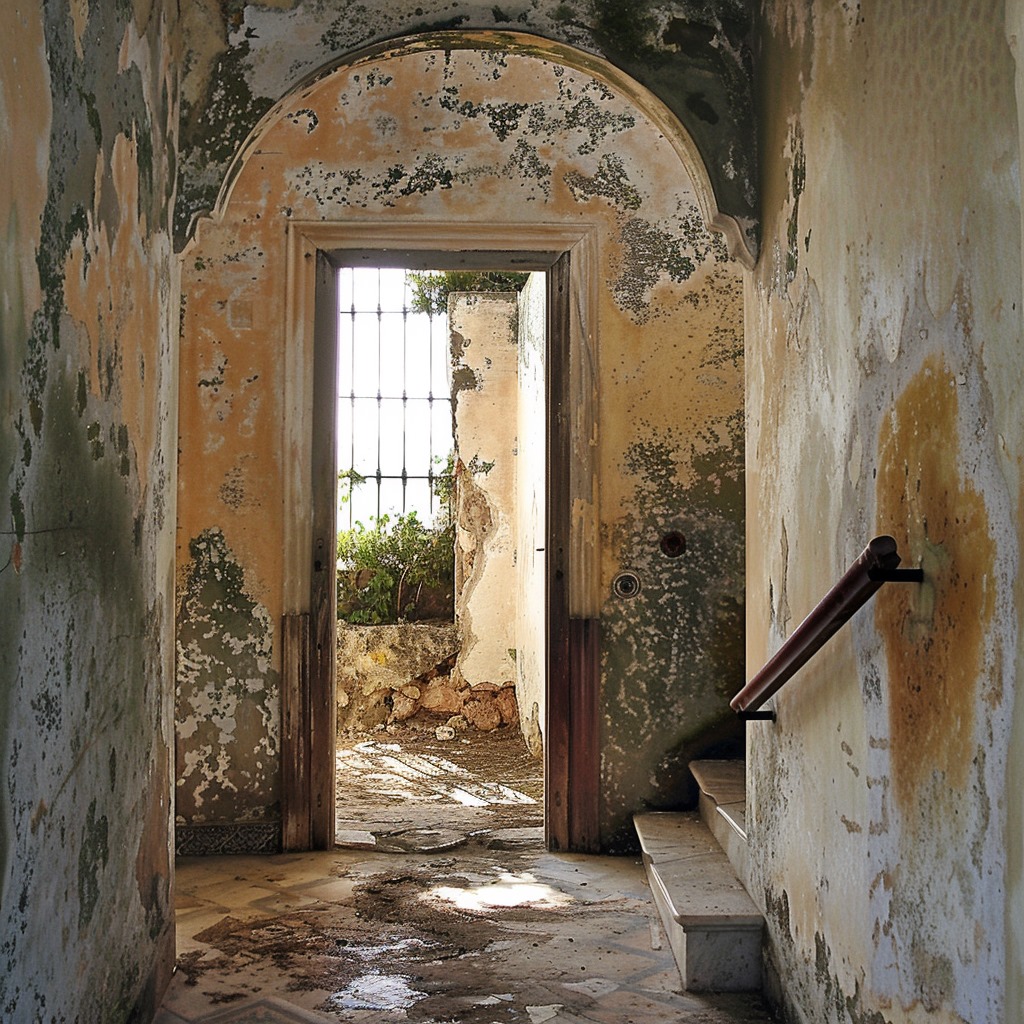In our quest for energy-efficient homes, we often overlook an invisible enemy lurking within our walls. It’s called thermal bridging, and it can lead to a nightmare scenario: mould growth on our interior walls. In this article, we will delve into the concept of thermal bridging, understand its connection to mould growth, explore the impact of mould on interior walls, and discover effective prevention and remediation strategies.
Understanding the concept of thermal bridging
Thermal bridging refers to areas within the building envelope where heat easily escapes or enters, bypassing insulation. These bridges are created by materials that conduct heat more readily than others, such as steel beams or concrete slabs. When warm air encounters these cold spots, condensation forms, providing the perfect breeding ground for mould to thrive.
Furthermore, thermal bridging can significantly impact the energy efficiency of a building. The heat loss through these bridges can lead to increased energy consumption, higher utility bills, and a larger carbon footprint. Understanding and addressing thermal bridging is crucial for creating sustainable and comfortable living spaces.
The science behind thermal bridging
To truly comprehend thermal bridging, we need to dig into its scientific roots. Our homes rely on insulation to keep heat inside during winter and outside during summer. However, when insulation is compromised due to thermal bridges, heat transfer occurs, leading to uncomfortable indoor temperatures and potential moisture problems.
Moreover, the thermal conductivity of materials plays a vital role in the formation of thermal bridges. Materials with high thermal conductivity, such as metals, facilitate heat transfer more easily than materials with low thermal conductivity. Understanding the properties of building materials is essential in identifying and mitigating thermal bridging issues.
Common causes of thermal bridging in homes
There are various culprits in our homes that promote thermal bridging. Structural elements, like window frames, wall ties, and loft hatches, are notorious for creating these heat conduits. Other factors, such as poorly installed insulation, inadequate seals around doors and windows, and even improperly sealed floor and ceiling junctions, contribute to this issue.
Additionally, architectural design can also influence the occurrence of thermal bridging. Complex building shapes, such as corners and projections, can create additional thermal bridging points. Addressing these design aspects during the planning phase is essential in reducing the impact of thermal bridging on a building’s energy performance.
The link between thermal bridging and mould growth
Now that we understand thermal bridging, let’s explore how it can bring about the dreaded mould growth on our interior walls.
Understanding the correlation between thermal bridging and mould growth is crucial in maintaining a healthy indoor environment. While thermal bridging itself may seem innocuous, its impact on creating conditions favourable for mould can be significant. By delving deeper into this connection, we can better equip ourselves to combat this insidious issue.
How thermal bridging creates a conducive environment for mould
Mould thrives in warm, damp environments – the exact conditions that thermal bridging can create. When moisture-laden air contacts cold spots on walls, the moisture condenses, providing the ideal environment for mould spores to settle and proliferate. This invisible menace can creep into our homes, silently damaging our walls and compromising our health.
Furthermore, the presence of mould not only affects the aesthetics of our living spaces but also poses potential health risks. Respiratory problems, allergies, and skin irritation are just a few of the health issues that can arise from prolonged exposure to mould. Therefore, understanding how thermal bridging contributes to mould growth is essential in safeguarding both the structural integrity of our homes and the well-being of its occupants.
Identifying signs of mould growth due to thermal bridging
Spotting mould growth due to thermal bridging requires keen observation. Look out for discoloured patches or stains on interior walls, a musty odour, or even allergic reactions among occupants. Identifying these signs early on can help prevent further damage and protect our well-being.

The impact of mould growth on interior walls
Mould growth on our interior walls goes beyond unsightly stains and unpleasant odours. It can have profound consequences for both our homes and our health.
Furthermore, the presence of mould on interior walls can also attract unwanted pests such as insects and rodents. These pests are drawn to the damp and decaying environment created by mould, leading to potential infestations within the walls of our homes. Not only does this pose a threat to the structural integrity of the building, but it also presents a health hazard as these pests can carry diseases and further contaminate the indoor air quality.
Physical damage caused by mould growth
As mould colonies spread, they weaken the structural integrity of our walls. Their invasive nature can cause paint to bubble, plaster to crumble, and wallpaper to peel, resulting in costly repairs or even complete wall replacement.
In addition to the visible damage, mould growth can also compromise the insulation properties of walls. This can lead to increased energy consumption as the heating and cooling systems work harder to maintain a comfortable indoor temperature. Ultimately, this can result in higher utility bills and a less energy-efficient home.
Health risks associated with mould on interior walls
Mould releases spores into the air, which can trigger various health issues. From allergic reactions and respiratory problems to more severe conditions like asthma, mould exposure can have detrimental effects on our overall well-being. This is particularly concerning for those with weakened immune systems or pre-existing respiratory conditions.
Moreover, prolonged exposure to mould spores can also have neurological effects, impacting cognitive function and potentially leading to memory problems. The presence of mould in living spaces can create a constant source of exposure, increasing the risk of long-term health complications that extend beyond respiratory issues.

Preventing and addressing thermal bridging and mould growth
Safeguarding our homes against thermal bridging and the subsequent mould growth is crucial for our comfort and health.
Ensuring our homes are well-insulated is not only vital for energy efficiency but also plays a significant role in preventing thermal bridging. Thermal bridging occurs when there is a break in the insulation layer, allowing heat to escape through the building envelope. By investing in effective insulation measures, such as cavity wall insulation and double-glazed windows, we can create a thermal barrier that reduces heat loss and minimises the risk of condensation and mould growth.
Effective insulation to prevent thermal bridging
The key to mitigating thermal bridging lies in comprehensive insulation. High-quality insulation materials, properly installed by professionals, can significantly reduce the risk of heat loss through these thermal bridges. Additionally, implementing insulation measures around structural elements and roof systems can help eliminate cold spots and maintain a consistent temperature within our homes.
Furthermore, considering the thermal performance of building materials and the design of junctions where different elements meet is crucial in preventing thermal bridging. By addressing these potential weak points in the building envelope, we can enhance the overall thermal efficiency of our homes and create a more comfortable living environment.
Professional mould remediation for interior walls
If mould growth has already infiltrated our interior walls, swift action is necessary to mitigate the damage. Hiring professionals experienced in mould remediation is essential. They will assess the extent of the mould infestation, safely remove affected materials, and apply effective treatments to eradicate the mould. Remember, tackling mould growth requires expertise and protective measures to ensure a thorough and safe remediation process.
Moreover, maintaining proper ventilation and controlling indoor humidity levels are key factors in preventing mould growth in the first place. By ensuring adequate airflow and ventilation throughout our homes, we can reduce the likelihood of moisture build-up and create an environment that is less conducive to mould spores.
The importance of regular home maintenance
To safeguard our homes from thermal bridging and mould growth, regular maintenance is paramount.
Ensuring the structural integrity of our homes goes beyond mere aesthetics; it is about creating a safe and healthy environment for ourselves and our families. By conducting routine checks and addressing any issues promptly, we not only maintain the value of our properties but also uphold the well-being of those who dwell within.
Routine checks for thermal bridging and mould
Keep a vigilant eye on potential thermal bridging areas and promptly address any signs of compromise. Regularly inspect window frames, wall junctions, loft hatches, and other vulnerable spots. Look for signs of mould growth, moisture, or damage. Prompt action can prevent small issues from escalating into larger, costlier problems.
Furthermore, understanding the construction of our homes can empower us to identify areas where thermal bridging is more likely to occur. By recognising these weak points, we can proactively reinforce them, thereby enhancing the overall energy efficiency and comfort of our living spaces.
The role of ventilation in preventing mould growth
Proper ventilation is a vital aspect of mould prevention. Ensuring good airflow throughout our homes helps control moisture levels and minimises the chances of mould taking hold. Install mechanical ventilation systems, such as extractor fans or heat recovery units, in areas prone to excessive humidity, such as kitchens and bathrooms.
Moreover, incorporating natural ventilation strategies, such as strategically placed windows and vents, can complement mechanical systems and provide a holistic approach to indoor air quality management. By striking a balance between insulation, air circulation, and moisture control, we create an environment that is not only structurally sound but also conducive to our health and well-being.
Now armed with knowledge about thermal bridging and its connection to mould growth, we can take proactive steps to protect our homes and loved ones. By understanding the science, recognising the signs, and implementing preventative measures, we can fortify our interior walls against the invisible enemy. Let’s ensure our homes remain safe, healthy havens for generations to come.

